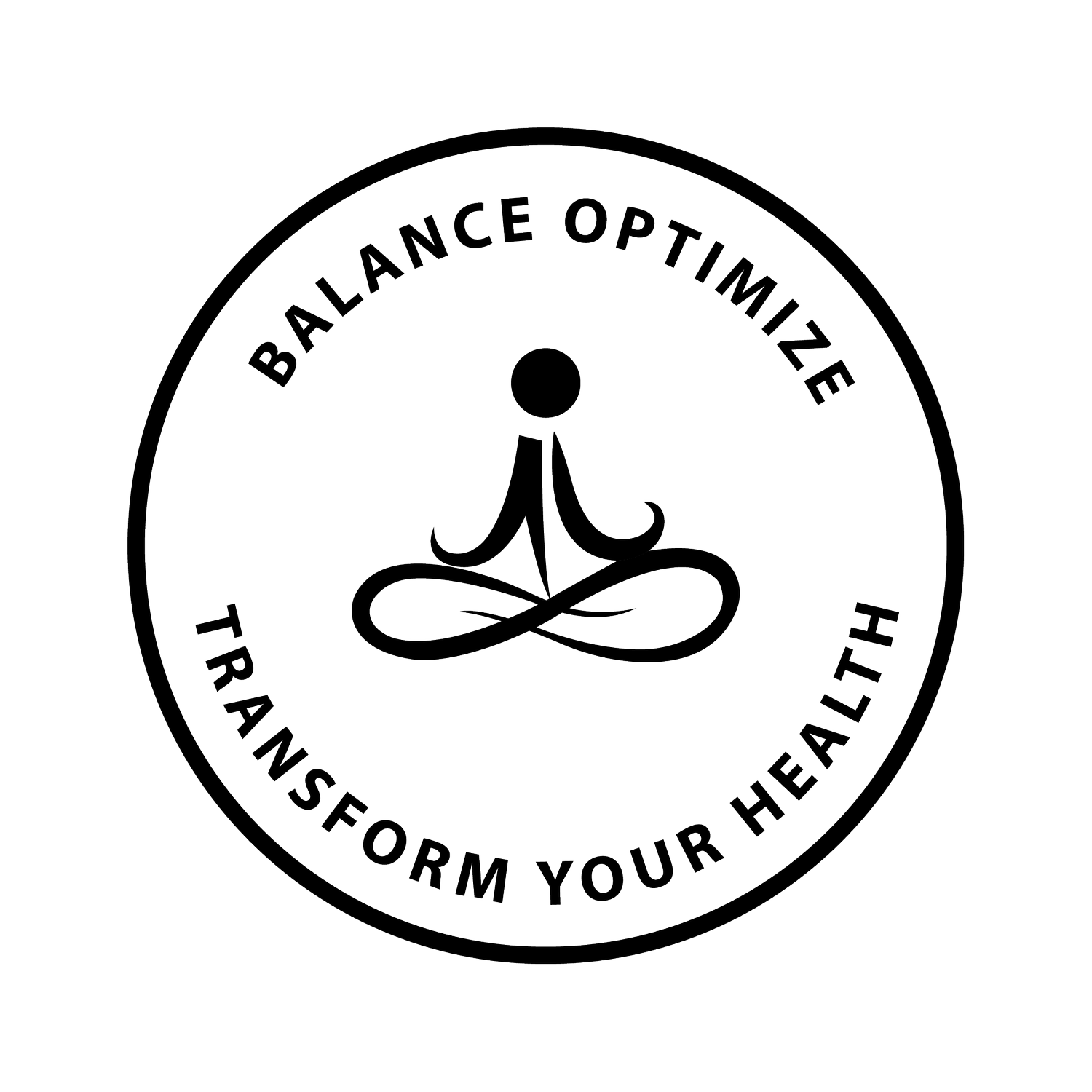How Hyperbaric Therapy Helps Concussion Recovery and Traumatic Brain Injury
Concussions are a serious type of brain injury that can have both short-term and long-term effects on an individual's health. While most people recover from a concussion within a few weeks, some may experience persistent symptoms that can last for months or even years after the initial injury. Post-concussion syndrome (PCS) can cause cognitive, emotional, physical symptoms, and increase the risk of future concussions. However, there is hope for those who suffer from concussions and their long-term effects. Hyperbaric oxygen therapy (HBOT) has shown promise in promoting cellular repair and regeneration, reducing inflammation, and improving the efficiency of the cells' energy metabolism. Early diagnosis and treatment, especially with the use of HBOT, can help to minimize the risk of long-term effects and improve outcomes for those who have suffered a concussion.
A concussion is a type of brain injury that can happen when someone gets hit in the head hard enough to make their brain move back and forth inside their skull. Concussions are a form of traumatic brain injury (TBI), where damage to brain cells result in symptoms like headaches, dizziness, confusion, and memory problems. Concussions are common in sports like football and hockey, but can occur during accidents or falls. Concussions that can have both short-term and long-term effects on an individual's health. Repeated concussions can be very dangerous and increase the risk of long-term brain damage.
While the majority of people who suffer a concussion make a full recovery within a few weeks, some individuals may experience persistent symptoms that can last for months or even years after the initial injury. These long-term effects are known as post-concussion syndrome (PCS) and can include:
Cognitive impairment: Individuals with PCS may experience difficulties with attention, memory, and concentration. This can impact their ability to perform daily activities and affect their quality of life.
Emotional and behavioral changes: PCS can cause emotional changes such as irritability, depression, and anxiety. Some individuals may also experience changes in their behavior, such as increased aggression or impulsivity.
Physical symptoms: Headaches, dizziness, and fatigue are common physical symptoms of PCS. Some individuals may also experience sleep disturbances, sensitivity to light and noise, and balance problems.
Increased risk of future concussions: Individuals who have suffered a concussion in the past may be at an increased risk of future concussions. These subsequent concussions can have a compounding effect and increase the risk of long-term effects.
Oxygen plays a crucial role in the healing process of the brain by providing the necessary energy and nutrients needed for cellular repair and regeneration. When the brain is injured, the damaged cells release chemical signals that trigger an inflammatory response. This inflammatory response can lead to the buildup of fluid and swelling in the brain, which can further damage the cells and inhibit their ability to heal.
HBOT works by increasing the amount of oxygen available to the damaged cells, which can help to reduce inflammation, promote the growth of new blood vessels, and stimulate the production of stem cells. The high levels of oxygen delivered during HBOT can also improve the efficiency of the cells' energy metabolism, allowing them to produce more ATP (the molecule that provides energy for cellular processes). Additionally, the increased oxygen levels in the body during HBOT can help to reduce the amount of oxidative stress and free radicals that can cause further damage to the cells. This can help to prevent further damage and promote the healing process.
Overall, the increased oxygen levels provided during HBOT can help to promote cellular repair and regeneration, reduce inflammation, and improve the efficiency of the cells' energy metabolism, all of which can help to improve the healing process in the brain. Early diagnosis and treatment especially with the use of HBOT can help to minimize the risk of long-term effects and improve outcomes.


